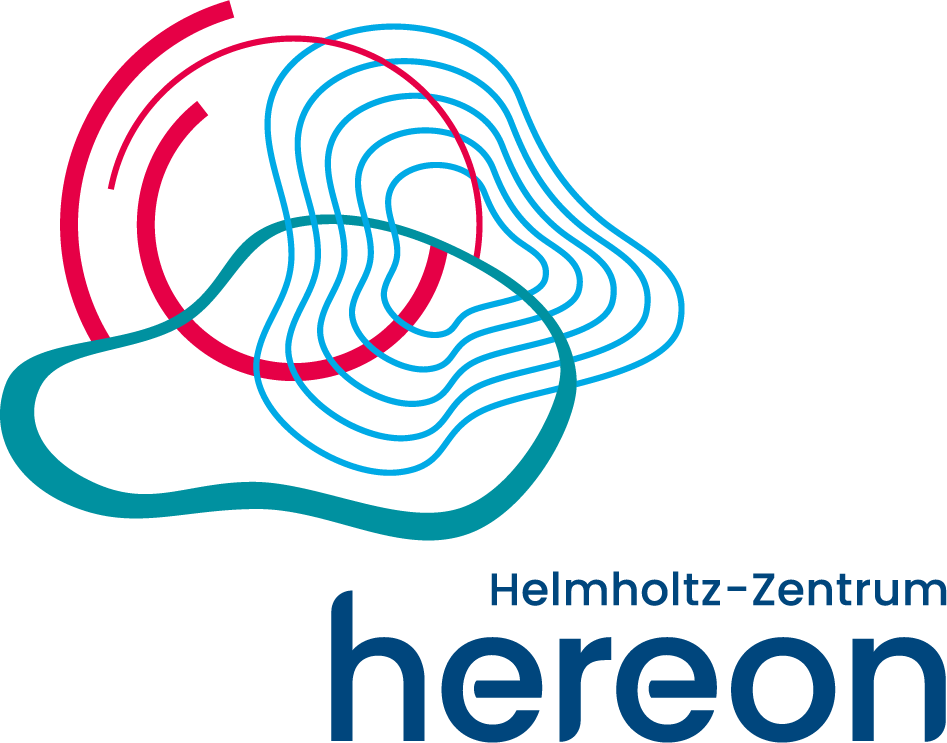MLZ is a cooperation between:
 > Technische Universität München
> Technische Universität München > Helmholtz-Zentrum Hereon
> Helmholtz-Zentrum Hereon
 > Forschungszentrum Jülich
> Forschungszentrum Jülich
MLZ is a member of:
 > LENS
> LENS > ERF-AISBL
> ERF-AISBL
MLZ on social media:

MLZ (eng)
Lichtenbergstr.1
85748 Garching
20.09.2025
What does the reactor sound like? – TUM Entdeckerinnen at the FRM II
What does it sound like when the reactor produces neutrons? And what does a sugar molecule look like at the atomic level? With a whole backpack full of questions, nine young explorers visited the FRM II during the school holidays and immersed themselves in the world of neutrons, positrons and molecules.

The girls built models of caffeine and uranium hexafluoride molecules from sweets and toothpicks © Andrea Voit, FRM II / TUM
For several years now, the research neutron source has been offering a half-day programme for girls aged 16 and over as part of the Technical University of Munich’s Enteckerinnen holiday programme. Nine schoolgirls from the surrounding communities and Munich had secured one of the coveted places, which are always booked up weeks in advance.
Molecules from marshmallows
After a brief introductory lecture, the young women used toothpicks, gummy bears and marshmallows to recreate molecules: hexafluoride, glucose, alcohol and the DNA building block adenine were given red, green, yellow or white elements and toothpick connectors. The girls, who were initially reserved, struck up conversations while connecting and snacking on the chemical elements.

In the experiment hall, Andrea Voit told the young women how scientists use neutrons for their research © Karin Kleinstück, FRM II / TUM
Can you hear neutrons?
During the subsequent tour of the research reactor, which included a view of the reactor pool and a visit to the control room, the two tour guides, Karin Kleinstück and Andrea Voit, were bombarded with questions. ‘Does the reactor actually make any noise when it’s running?’ In fact, you cannot hear the neutrons as they whizz through the reactor pool, but the water pumps in the cooling circuit do hum a little when the reactor is in operation.
In the control room, the schoolgirls wanted to know: ‘What skills do reactor operators need?’ The fact that reactor operators must first learn a technical profession and then undergo several years of training at FRM II greatly impressed the girls.
In the end, it was clear: it was a wonderful discovery tour and will certainly not be the last excursion into the world of neutrons, atoms and molecules – and for some, perhaps only the first step in a future career in research.
Related News
-
30.04.2025
Girls‘ power at the neutron source
-
04.08.2022
On a discovery tour at the FRM II
MLZ is a cooperation between:
 > Technische Universität München
> Technische Universität München > Helmholtz-Zentrum Hereon
> Helmholtz-Zentrum Hereon
 > Forschungszentrum Jülich
> Forschungszentrum Jülich
MLZ is a member of:
 > LENS
> LENS > ERF-AISBL
> ERF-AISBL
MLZ on social media:





